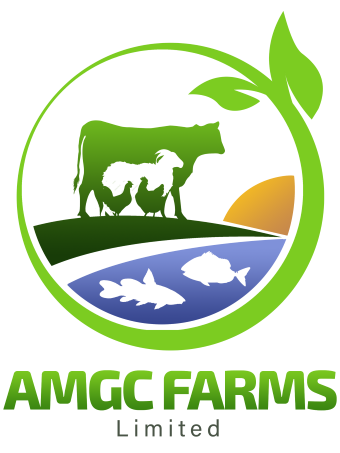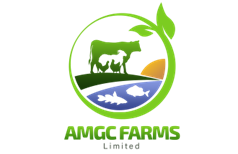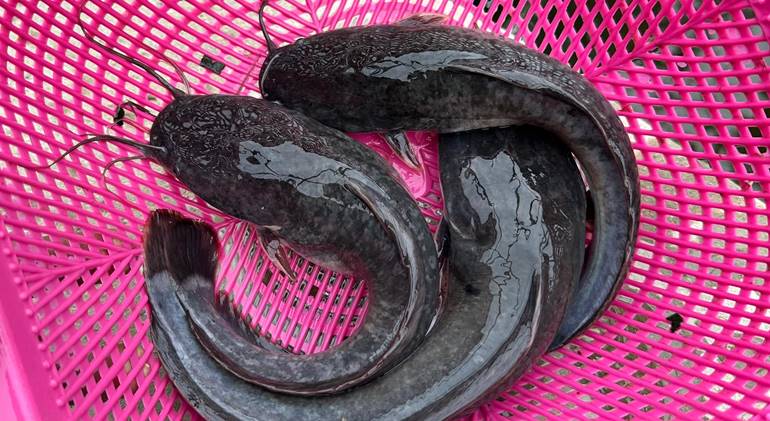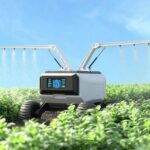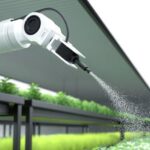Background
Aquaculture is an essential part of Nigeria’s agricultural and food production sector, contributing significantly to food security, employment, and economic growth. Nigeria is the largest producer of aquaculture products in Sub-Saharan Africa, producing over 1.2 million metric tons of fish annually. However, the industry faces numerous challenges, including environmental issues, inadequate infrastructure, high production costs, and weak regulatory frameworks.
This article examines the state of aquaculture in Nigeria, focusing on challenges, opportunities, and its economic significance. It integrates recent research findings and expert insights to provide a comprehensive perspective on the future of the sector.
1. Overview of Aquaculture in Nigeria
Aquaculture in Nigeria is dominated by catfish farming, which accounts for 80% of total production (Umenweke & Bielu, 2024). Other farmed species include tilapia, carp, and prawns. The sector is crucial for employment and income generation, supporting over 10 million people directly or indirectly (Audu, 2024).
Despite its potential, Nigeria still imports over 45% of its fish due to a domestic supply gap (FAO, 2023). The government has launched initiatives such as the National Aquaculture Strategy Plan and the Blue Economy Initiative to boost local fish production and reduce imports.
Key Statistics
- Nigeria produces 1.2 million metric tons of fish annually.
- Estimated demand is 3.6 million metric tons, leading to a deficit of over 2.4 million metric tons (FAO, 2023).
- Over 80% of fish farmers engage in catfish farming.
- Nigeria imports $1 billion worth of fish annually to meet demand (World Bank, 2023).
2. Challenges Facing Aquaculture in Nigeria
2.1 High Cost of Fish Feed
Fish feed constitutes over 60% of production costs, making aquaculture less profitable for small-scale farmers (Audu, 2024). Many farmers rely on imported feed, which is expensive due to fluctuating exchange rates.
Potential Solutions:
- Use of alternative protein sources (e.g., insect-based feeds).
- Development of local feed production industries.
2.2 Water Pollution and Environmental Issues
Unregulated aquaculture has led to water pollution in several regions. The disposal of fish waste and use of antibiotics contributes to water contamination (Umenweke & Bielu, 2024).
Potential Solutions:
- Strict enforcement of environmental regulations.
- Use of biofloc technology to manage fish waste effectively.
2.3 Climate Change and Flooding Risks
Climate change has severely impacted aquaculture, with rising temperatures and unpredictable rainfall patterns affecting fish survival rates. Flooding in coastal areas often destroys fish farms (FAO, 2023).
Potential Solutions:
- Climate-resilient fish farming systems.
- Investment in insurance schemes for fish farmers.
2.4 Poor Infrastructure and Market Access
Limited access to electricity, quality roads, and cold storage facilities affects the preservation and distribution of fish products (Aluoch, 2024). Many farmers struggle to access profitable markets due to high transportation costs.
Potential Solutions:
- Government investment in cold storage and processing facilities.
- Development of rural infrastructure and roads.
3. Economic Opportunities in Aquaculture
3.1 Growing Domestic and International Demand
Nigeria’s fast-growing population presents a huge market opportunity for fish farmers. The demand for high-protein foods has led to increased interest in aquaculture investments (World Bank, 2023).
3.2 Employment and Wealth Creation
Aquaculture employs over 10 million Nigerians, from fish farmers and processors to feed producers and traders (Audu, 2024). Investments in modern fish farming could further expand job opportunities.
3.3 Export Potential
There is growing interest in exporting Nigerian aquaculture products to Europe and the Middle East. With the right quality control measures, Nigerian fish farmers could tap into international markets (FAO, 2023).
3.4 Integration with the Blue Economy Initiative
The Nigerian government’s Blue Economy Initiative seeks to expand aquaculture and fisheries development, providing policy support and investment incentives for fish farmers (Umenweke & Bielu, 2024).
4. Government Policies and Initiatives
To address challenges in the aquaculture sector, the Nigerian government has introduced several policy frameworks:
4.1 National Aquaculture Strategy Plan (2021-2030)
- Targets a 25% increase in fish production by 2030.
- Encourages investment in hatcheries, feed production, and cold storage facilities.
4.2 Import Restrictions on Frozen Fish
- To boost local fish production, the Nigerian government has reduced frozen fish imports.
- The goal is to reduce fish imports by 50% by 2025 (FAO, 2023).
4.3 Special Funding for Aquaculture
- The Central Bank of Nigeria (CBN) offers soft loans to small-scale fish farmers.
- Programs such as Anchor Borrowers’ Scheme help farmers access low-interest credit (World Bank, 2023).
5. The Future of Aquaculture in Nigeria
The future of aquaculture in Nigeria looks promising with continued investment in infrastructure, technology, and sustainable practices. However, policy implementation and private sector participation will determine the industry’s success.
Recommendations for Growth:
- Expansion of hatcheries and fish breeding centers to increase production.
- Public-private partnerships to fund large-scale aquaculture projects.
- Stronger enforcement of environmental regulations to prevent water pollution.
- Investment in cold chain logistics to improve fish preservation and reduce post-harvest losses.
- Research and innovation in fish feed alternatives to lower production costs.
Conclusion
Aquaculture plays a crucial role in Nigeria’s food security, employment, and economic development. Despite numerous challenges, growing domestic demand, government support, and international market opportunities present huge potential for expansion.
By addressing key obstacles such as high feed costs, environmental sustainability, and infrastructure deficits, Nigeria can achieve self-sufficiency in fish production and become a major aquaculture hub in Africa.
References:
World Bank. (2023). Nigeria: Economic impact of fisheries and aquaculture sector. Retrieved from https://www.worldbank.org/en/country/nigeria
Audu, S. (2024). Maritime security and blue economy initiatives in Nigeria, 2015-2023. Sustainable Development in Nigeria. ResearchGate. Retrieved from https://www.researchgate.net/profile/Khadijat-Abdulquadri-2/publication/383421784_ENVIRONMENTAL_IMPLICATIONS_OF_WASTE_DISPOSAL_PRACTICES_IN_IBADAN_NIGERIA/links/66cc7986920e05672e506390/ENVIRONMENTAL-IMPLICATIONS-OF-WASTE-DISPOSAL-PRACTICES-IN-IBADAN-NIGERIA.pdf#page=710
Umenweke, M. N., & Bielu, K. J. (2024). The introduction of the blue economy and its implications on the Nigerian tax regime. Nigerian Journals Online. Retrieved from https://nigerianjournalsonline.com/index.php/IJOCLLEP/article/download/5473/5314
Food and Agriculture Organization (FAO). (2023). State of aquaculture in Nigeria: Policy review and strategy recommendations. Retrieved from https://www.fao.org/nigeria
